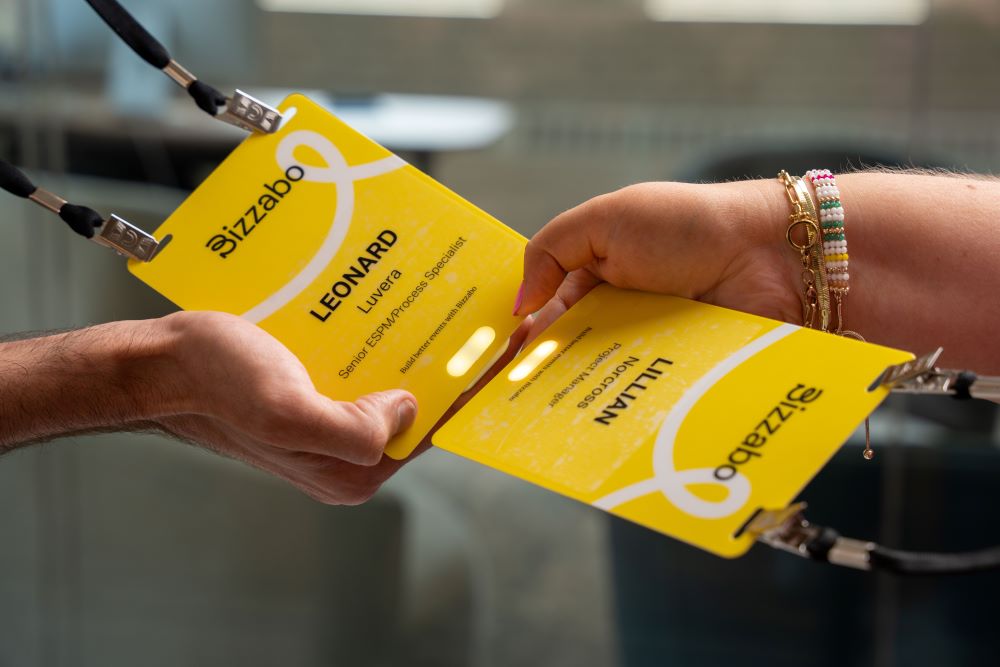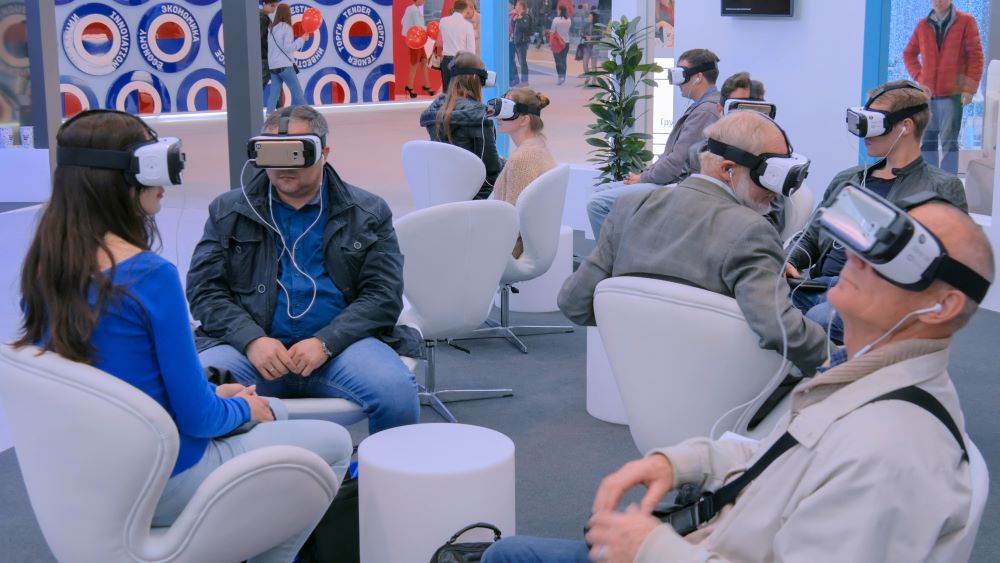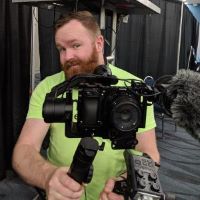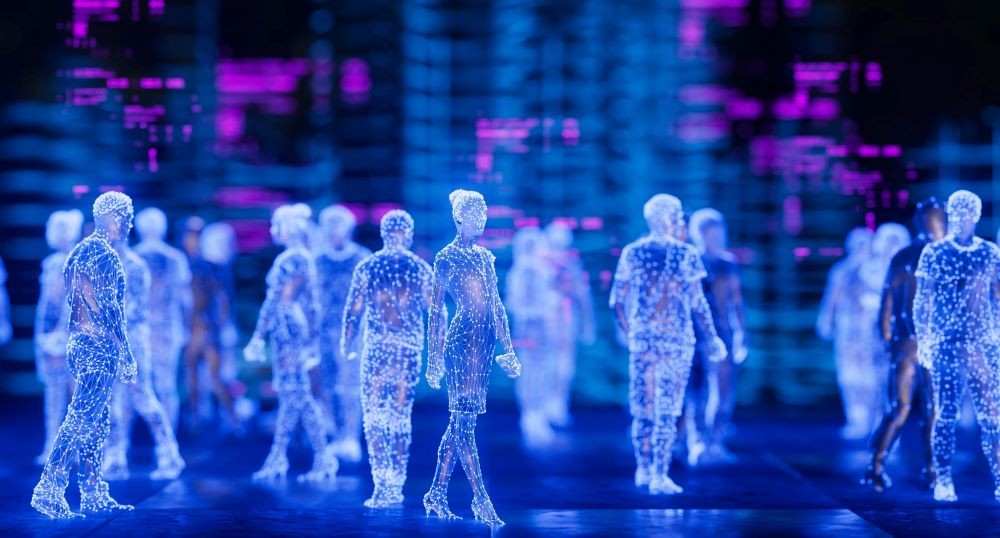
Will Curran is a tech expert who has seen the rollout, adoption and impact of major meetings technology as it has accelerated at a rapid clip over the last couple decades.
As founder and former CEO of tech-forward event management company Endless Events, and current head of Bizzabo’s wearable technology brand Klik, Curran is up to speed on the latest technology but has also lived through more than one “hype cycle” in his time in meetings and events.
We tapped Curran to discover the five technology advances he believes meeting and event planners need to understand in order to remain relevant.
Artificial Intelligence
Perhaps the most talked about technology among meeting and event professionals is artificial intelligence (AI). Many are concerned AI could replace them, but tech-optimists like Curran believe AI is not going to take your job, rather someone who knows how to utilize AI is going to take your job.
Curran believes that planners should be outsourcing the more mundane tasks of planning an event, such as writing session descriptions, to AI so that the humans can focus on more important aspects of event planning.
[Related: Top 7 AI Uses from Event Profs in the Know]
“Let’s say you spend somewhere between 20-30 hours writing session descriptions for your corporate event,” Curran said. “I think instead of doing that, now you have that 20-30 hours to do something like data analytics, creative DEI solutions or creative sustainable solutions. In a world where we don’t have enough time as event planners, I don’t think all of a sudden our jobs are gonna get slashed. I just think that we’re now going to have to shift what we’re focusing our time on.”
Further in the future, Curran believes even data analysis will fall to AI, and the emphasis on data will not only become even more important in the event-planning process, but it will also become more overwhelming as planners get access to more data. However, Curran believes AI will very soon be able to take all the data collected from an event, analyze it and give planners a concise report of insights from the data.
Wearable Technology
As head of Bizzabo’s “Klik” brand, Curran is a big believer in the future of wearable technology. But while many associate it with big-name wearable technology like the Apple Watch, Curran is more focused on something many people might not give a second thought to when attending an event: badges. Klik is a button that can be stuck on the back of any event badge and allows users to connect and exchange information with people with the “Klik” of a button.

One benefit of wearable event technologies like Klik is that they reduce the necessity of carrying business cards or your phone in order to connect and network during an event. Some consider business cards outdated and phones can lead people to become distracted and disengaged. Klik allows attendees to exchange contact information with a peer or exhibitor using nothing but the event’s badges.
Another benefit of wearables like Klik is that they can help generate more data for event planners to analyze after an event. While many planners might rely on post-event surveys or word-of-mouth to discover what aspects of the event people enjoyed or engaged with the most, Klik allows planners to track attendees at an event and find out which session rooms, food areas and networking spaces they frequented the most. This can help planners demonstrate ROI for specific elements of the event or the event in general.
According to Curran, wearables like Klik have been shown to greatly increase exhibitor leads and the amount of networking at events, which is why he believes that more events will adopt wearable technologies like Klik in the future.
The Downfall of Social Media
One of the more interesting insights from Curran is that he believes social media is beginning a downward spiral that will fundamentally change how we market to and connect with attendees A variety of platforms have been replaced, while others like X (formerly Twitter) are declining in popularity. Threads by Meta, for example, is gaining popularity and market share from X, video apps like TikTok have replaced the short-from video craze of Vine and Facebook replaced the early 2000s-era MySpace.

Curran believes that event planners and marketers who lean so heavily on a platform they don’t own to market their event may put them at a disadvantage if, for instance, an algorithm change occurs or the platform itself goes under.
Instead, Curran believes planners should take the aspects of social media that work, namely community building and post-event interactions, and create their own community on their own social networking platform. And while that might sound far-fetched, there are tools such as Circle or Mighty Networks that can aid in creating these custom community platforms.
Rise of the Fediverse
So, what will replace social media? Many are pointing to a concept called the “fediverse” that might just be the next era of social networking. The fediverse is basically an interconnecting web of all the social media platforms that you currently use, and the idea would be that any content you post on one platform would be able to be seen by your followers on every platform. With the volatility of social networks like X, and even talks of TikTok being banned in the U.S., the fediverse offers both social media users and creators stability in a volatile social media landscape.
And while the idea of the fediverse is not brand new, it does represent a fundamental disruption of social media that’s worth noting. We’ve seen social media platforms come and go multiple times in even just the past 10 years, so while hardly anyone is talking about the fediverse in its current iteration, there’s no guarantee that it will always be that way.
Curran is excited about the fediverse and what it could do in the future. And since nearly every meeting and event planner uses social media to connect with their audience of attendees, planners will have to keep an eye on the platforms their audience is actually using in their day-to-day and learn to market their event on those platforms—if “platforms” even continue to exist in the future.

Virtual Reality and Augmented Reality
Apple’s new Vision Pro headset, which offers a glimpse into what virtual reality (VR) and augmented reality (AR) could look like in the next few years, is a recent piece of tech equipment that could make big waves. And while many people may be skeptical of the Vision Pro, both because of its relatively high price tag and its similarity to failed AR products such as Google Glass, Curran is optimistic about VR and AR and their impact on the attendee experience at events.
Signage is one of the challenges Curran thinks could be solved with AR. TV screens, posters and session info signs are wayfinding tools that are an absolute necessity especially in a large venue like a convention center, but are a hassle that could eventually be done away with via AR.
“Imagine instead of spending hundreds of thousands of dollars on signage at venues, now we can just tell people, ‘Hey, when you arrive at the event, it loads up an AR experience automatically,’ Curran said. “And it allows people to then navigate through the venue, allows people to, for example, get information about attendees just by looking at them.”
And while products like Apple Vision Pro and other AR devices are clearly not ready to be implemented en masse, meeting and event planners should keep an eye on the technology, because like so many other technologies, it could become a mainstay at events sooner than you think.

Fast Forward
Want more insights and predictions from Will Curran about event technology? Check out the full interview with Curran on Fast Forward, a Meetings Today podcast that explores the future of the meetings and events industry.
Read this next: 4 Benefits of Incorporating Hybrid Elements in Your Meetings







